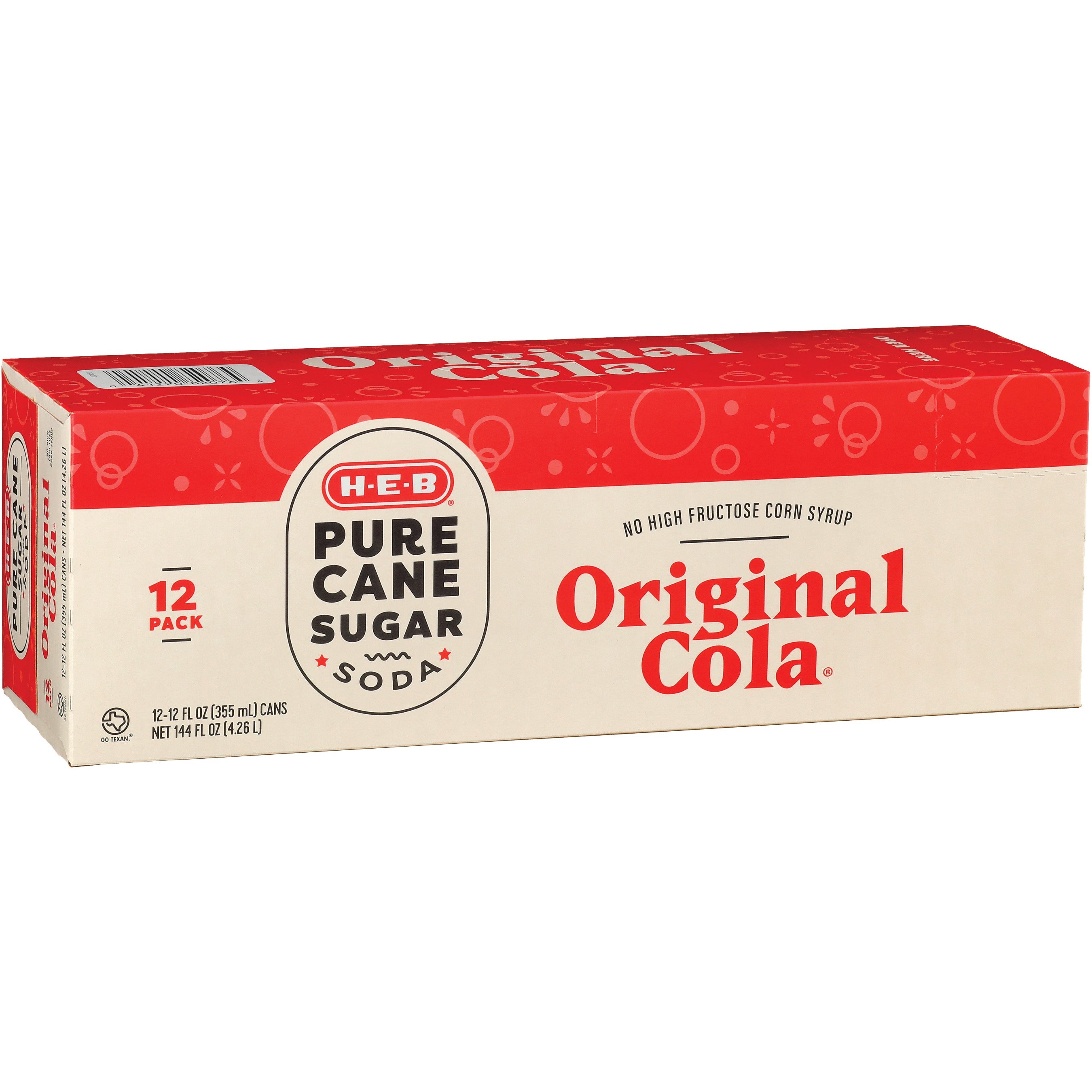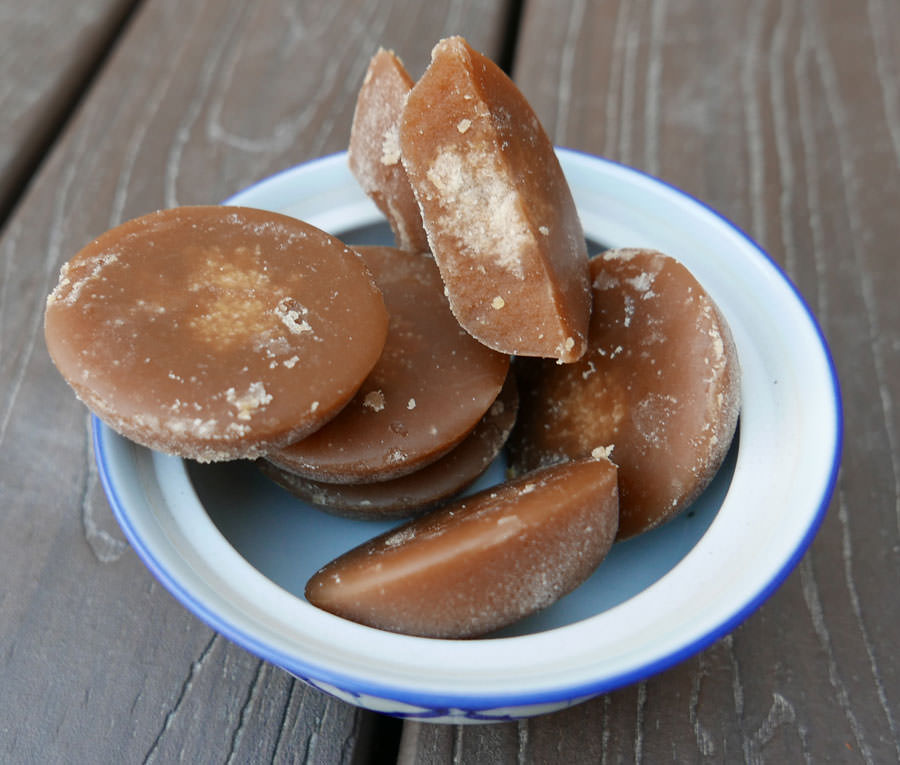Advanced Cane Sugar Processing: Enhancing Performance and Sustainability
A Thorough Overview to the Ecological Influence and Sustainability Practices in Walking Cane Sugar Handling
The ecological effect of walking cane sugar handling offers an intricate selection of obstacles that warrant mindful evaluation. From soil degradation and excessive water use to the carbon impact associated with cultivation and production, the consequences of traditional practices are far-ranging. In comparison, the fostering of ingenious sustainability procedures uses a pathway toward much more responsible production methods. Understanding the interaction in between these problems is vital for stakeholders in the market. What particular practices can be implemented to strike a balance in between performance and environmental stewardship? The answers lie in a closer consider both the obstacles and possible options.
Summary of Walking Cane Sugar Handling
Walking cane sugar handling includes a series of systematic actions that transform sugarcane right into refined sugar. Originally, collected sugarcane is moved to processing centers, where it undergoes cleaning up to get rid of soil and particles. Following this, the cane is squashed to extract juice, which is after that made clear by eliminating pollutants through home heating and the enhancement of lime.
The clarified juice undergoes dissipation, where water is gotten rid of to concentrate the sugar material. This focused syrup is after that crystallized via cooling, enabling sugar crystals to create. These crystals are separated from the staying syrup making use of centrifugation, causing raw sugar. To achieve refined sugar, the raw product goes through additional filtration processes, which might include washing and filtering system to get rid of continuing to be impurities and shade.
The end product is then dried and packaged for circulation. Throughout this entire process, preserving effectiveness and quality assurance is vital to guarantee the sugar satisfies market standards. Each action in walking cane sugar processing not just contributes to the final product but also has implications for resource usage and waste generation, establishing the phase for conversations on sustainability and ecological influences linked with sugar manufacturing.
Ecological Obstacles of Manufacturing
The manufacturing of walking stick sugar provides several considerable environmental challenges that warrant attention. One primary issue is the substantial use agrochemicals, including fertilizers and pesticides, which can bring about dirt destruction, biodiversity loss, and contamination of regional water sources. The runoff from sugarcane fields commonly brings these chemicals into neighboring environments, interrupting water life and influencing the health and wellness of neighborhoods reliant on these water bodies.
Another obstacle is the high energy intake related to sugarcane handling. The boiling and refining phases require significant warmth, mostly generated by shedding fossil gas, adding to greenhouse gas emissions. In addition, the extensive acreage needed for sugarcane cultivation can bring about logging and environment devastation, further exacerbating environment change and harmful wildlife.
Moreover, the labor techniques in some regions elevate moral problems, as workers might face inadequate working conditions and insufficient wages. This circumstance typically bolsters a cycle of poverty in neighborhood communities. Cane Sugar Processing. Resolving these environmental difficulties is essential for creating more sustainable techniques in cane sugar production, inevitably benefiting both the atmosphere and the areas associated with this market
Water and Land Usage Impact
Water sources and land application are crucial components in the walking cane sugar industry that substantially influence the environment. The growing of sugarcane needs significant water input, with estimates suggesting that it can take in as much as 2,000 litres of water per kilo of sugar produced. This intensive usage of water often causes deficiency of neighborhood water resources, affecting not only the sugarcane plantations but likewise surrounding communities and communities that count on the same water sources for agriculture and residential usage.

Additionally, land usage for sugarcane growing can bring about deforestation and the conversion of all-natural habitats into monoculture plantations. This method lessens biodiversity, interrupts neighborhood communities, and adds to dirt deterioration. The development of sugarcane fields typically encroaches on valuable farming land, developing competition for resources in between food and biofuel manufacturing.
Sustainable methods, such as maximizing watering strategies and executing plant turning, are important to minimize these impacts. By adopting a lot more reliable water use and land management techniques, the walking cane sugar sector can reduce its ecological footprint, making certain an equilibrium in between agricultural productivity and environmental preservation.
Greenhouse Gas Emissions
Greenhouse gas discharges represent a considerable environmental worry within the walking cane sugar handling sector, specifically as farming practices expand to meet global demand. The farming of sugarcane, a plant that prospers in exotic environments, counts greatly on artificial plant foods and chemicals, which add to laughing gas discharges. Furthermore, land-use changes, including deforestation for brand-new sugarcane plantations, release carbon dioxide kept in plants and dirt.
During handling, power usage is another significant resource of greenhouse gas discharges - Cane Sugar Processing. Many sugar mills make use of nonrenewable fuel sources to power machinery and generate warmth, leading to considerable carbon impacts. Moreover, the transportation of raw sugarcane and ended up products includes layers of emissions through gas combustion in vehicles
This involves assessing existing farming practices, refining approaches, and transportation systems to determine locations for improvement and mitigation. Addressing greenhouse gas discharges is crucial for fostering a much more lasting walking cane sugar industry in a changing climate.

Lasting Practices and Innovations
Lasting methods and developments are significantly crucial in the cane sugar handling industry as stakeholders look for to decrease ecological effects while maintaining performance. One significant innovation is the application of incorporated crop management, which enhances find more information source use by incorporating soil monitoring, pest control, and plant turning methods. This strategy enhances return while minimizing chemical inputs and protecting dirt health and wellness.
Moreover, the fostering of renewable resource resources, such as biomass from sugarcane deposits, has gotten grip - Cane Sugar Processing. By converting waste products right into power, processing facilities can minimize their dependence on nonrenewable fuel sources, thus decreasing greenhouse gas emissions
Water administration methods have actually also seen enhancements with the check my reference recycling and reusing of water in handling plants, significantly decreasing freshwater usage. Technologies in technology, such as precision agriculture, enable farmers to keep an eye on plant wellness and resource usage much more successfully, making certain lasting farming practices.
Furthermore, certification programs like Fair Trade and Jungle Alliance motivate ecologically accountable farming methods and advertise social equity within the supply chain. By welcoming these lasting techniques and technologies, the walking cane sugar handling sector can boost its strength and add favorably to ecological stewardship.
Final Thought
The environmental impact of walking stick sugar processing offers significant difficulties, including dirt deterioration, high water usage, and greenhouse gas exhausts, along with moral problems related to labor practices. Attending to these concerns through sustainable practices, such as incorporated plant monitoring, renewable resource adoption, and water recycling, is important. By advertising ecologically accountable and socially equitable methods in sugar manufacturing, the market can reduce its adverse results, making sure a much more sustainable future for both neighborhoods and ecosystems entailed in this market.
Cane sugar handling includes a series of methodical steps that change sugarcane into polished sugar. Each step in walking cane sugar processing not just contributes to the last product yet likewise has implications for source use and waste generation, establishing the phase for discussions on sustainability and ecological effects linked with sugar production.
Greenhouse gas exhausts represent a substantial environmental problem within the walking stick sugar handling market, specifically as agricultural methods increase to satisfy international demand.Sustainable techniques and developments are progressively essential in the walking stick sugar processing sector as stakeholders seek to lower ecological effects while keeping performance.The ecological impact of walking stick sugar handling offers significant difficulties, click over here now consisting of dirt degradation, high water usage, and greenhouse gas exhausts, along with ethical problems connected to labor practices.